Keep it stable for less camera shake
Camera shake: What is it?
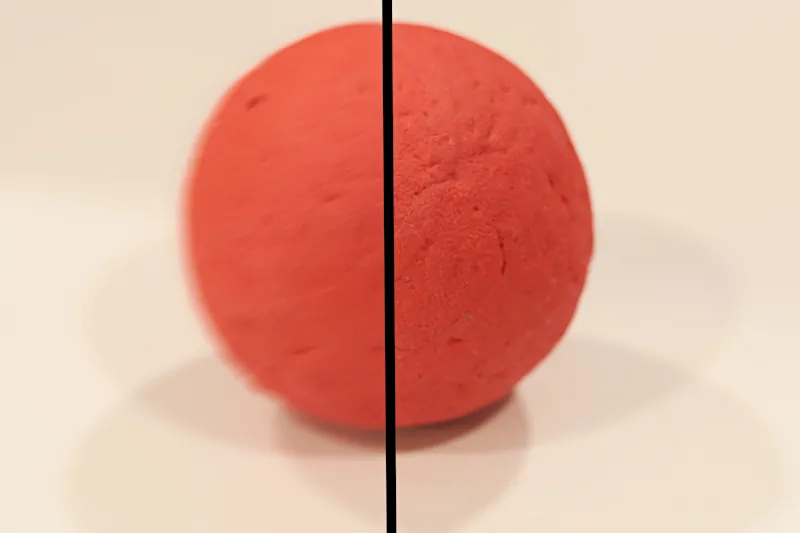
In order to minimize camera shake we first need to know what it is. Camera shake happens when the camera moves during an exposure. It shows up in our pictures as a consistent blur across the frame. If the entire frame has a consistent blur. The threshold to see camera shake varies depending on the lens focal length, shutter speed, and camera sensor resolution. A wide-angle lens is easier to keep stable than a longer telephoto lens, such as when looking through a telescope, a small motion of the lens results in a large change in the picture. Likewise, low-resolution sensors can be more forgiving, while higher mp cameras can capture more minute shakes.
How to Handhold Your Camera
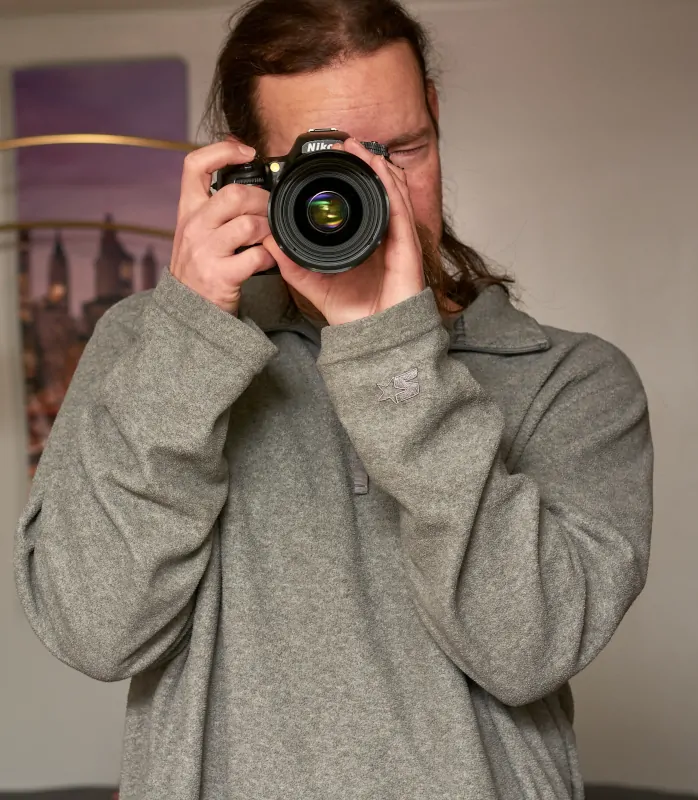
Use both hands to hold your camera. One hand supports the lens (or corner of phone) and the other holds the grip or body of the phone. Smoothly depressing and not jabbing the shutter release. So as not to jar the camera sensor inside the camera. Brace your body against something for additional support. Breathe smoothly, and avoid too much caffeine or other stimulants that make you “jittery.” Find the threshold or the slowest shutter you can hold by hand without seeing untoward camera shake in your pictures, for various focal lengths. The “old” rule of thumb was one over focal length. Some modern cameras can be more demanding requiring sometimes speeds twice as fast.
Modern tech to battle camera shake
For many years now lenses and cameras have been around that offer stabilization. While these systems are largely effective, there are limits to any system and it is still important to understand the limits of your equipment and yourself. These systems go by many names depending on the system. Common names are Optical Image Stabilization, Vibration reduction (VR), Image Stabilization (IS), Steady Shot (SS).
Modern software also offers some promising technology for recovering images afflicted by camera shake. Thanks to artificial intelligence and machine learning. It is still usually easier to get it right in camera.
Monopod
A monopod is an instrument with a single pole set on the ground. On the other end, an apparatus to secure a camera. Adjusting your composition while a solid leg carries the weight of your camera.
Tripod
A tripod is a three-legged contraption that holds your camera steady. Set it up and take the shot you want. It can also, however, slow down the process of shooting. It can help keep compositions consistent between frames, forcing you to consider the scene and composition more carefully. But at the same time; it can slow you down if you see the bird moving behind you..
Optical image stabilization
This is a feature found on many newer cameras and lenses that stabilizes either the optical elements of a lens or a camera sensor, sometimes both. It can minimize camera shake, allowing shots 4 or 5 times slower than without. While still retaining good image sharpness.
Tools to minimize camera shake
Check there is enough light in a scene, and adjust the exposure triangle to maximize shutter speed. It is generally better to have a bit of noise in an image from higher iso’s than to have camera shake softening the entire image.
- Hold the camera with both hands.
- Brace yourself or your camera against a solid object to help stabilize things.
- Minimize caffeine intake to steady your hands, and exercise good breathing techniques.
- Utilize image stabilization on the lenses and cameras that are so equipped.
- Use a monopod.
- Use a tripod.
Most importantly, know and learn your equipment through experimentation to find your personal thresholds where you can shoot comfortably and still retain sharp images while minimizing or negating the effects of camera shake.

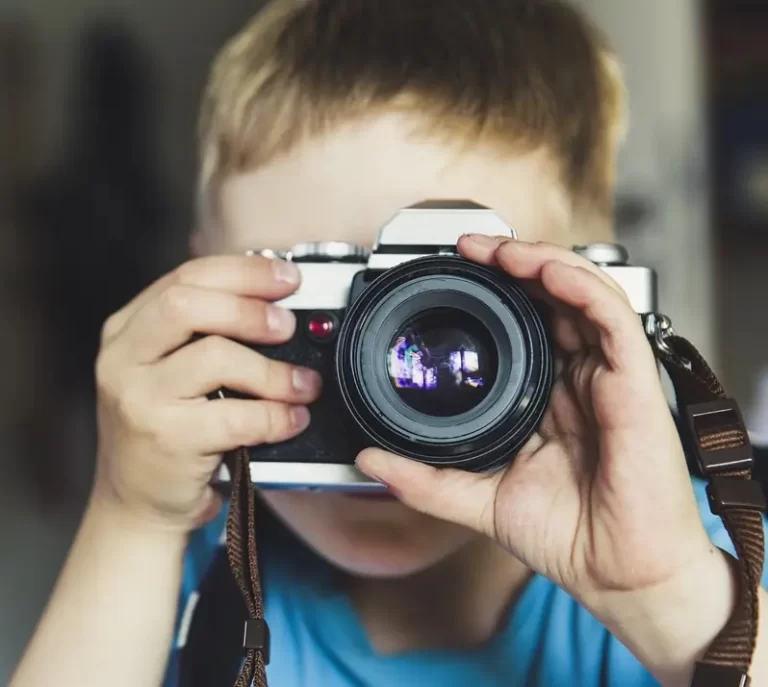
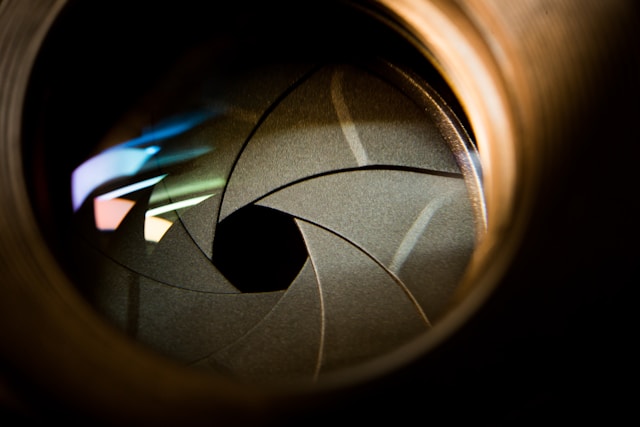

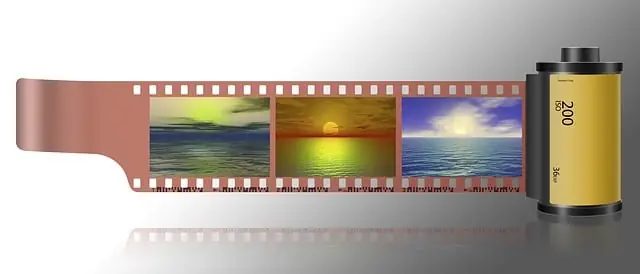
One Comment